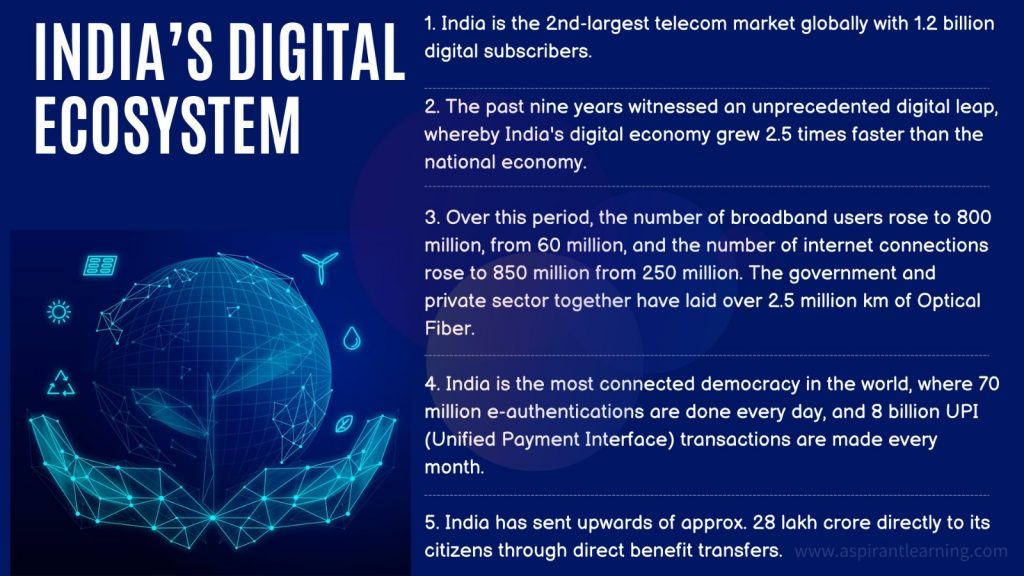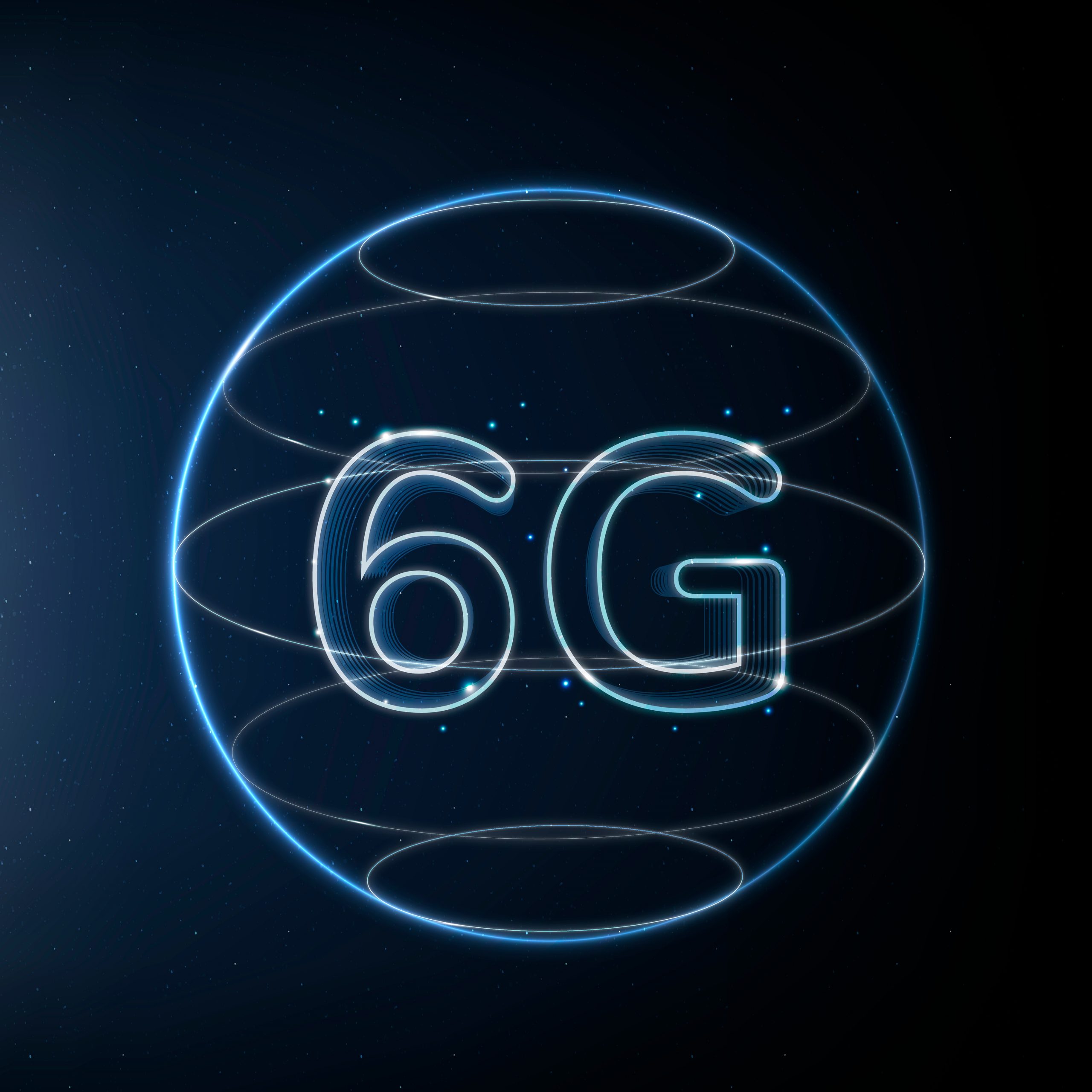News Highlights:
- Recently, Prime Minister unveiled the Bharat 6G Vision Document, a starting point for policymakers and the industry to gear up for the next generation of telecommunications.
- Vision Document rolled out high-speed 6G Communication Services by 2030 and also launched Bharat 6G Project to identify and fund research and deployment of the next-generation technology in India.
6G Technology:
- About:
- 6G (sixth-generation wireless) is the successor to 5G cellular technology.
- It will be able to use higher frequencies than 5G networks and provide substantially higher capacity and much lower latency (delay).
- One of the goals of the 6G internet will be to support one microsecond-latency communication (delay of one microsecond in the communication).
- This is 1,000 times faster – or 1/1000th the latency – than one-millisecond throughput.
- Under the 5G technology, the average speed range lies between 40 to 1,100 Mbps, potentially hitting maximum speeds of 10,000 Mbps through technologies such as millimetre-wave spectrum and beamforming.
- 6G will offer ultra-low latency with speeds up to 1 Tbps.
- Frequency band:
- It seeks to utilise the terahertz frequency band, which currently needs to be utilised.
- Terahertz waves fall between infrared waves and microwaves on the electromagnetic spectrum.
- These waves are extremely tiny and fragile, but there’s a huge amount of free spectrum up there that would allow for spectacular data rates.
Significance of 6G Technology:
- More facilitation:
- The 6G technology market is expected to facilitate large improvements in imaging, presence technology and location awareness.
- 6G’s higher frequencies will enable much faster sampling rates and provide significantly better throughput and higher data rates.
- Advancement in Wireless sensing technology:
- Combining sub-mm waves (e.g., wavelengths smaller than one millimetre) and frequency selectivity to determine relative electromagnetic absorption rates could potentially lead to significant advances in wireless sensing technology.
- The emergence of Digital Capabilities:
- It will see the emergence of simple, easy-to-wear-and-carry devices with huge digital capabilities.
- This will help the paramedics, educators and agro-technicians to jumpstart the village ecosystems with little or limited need for the on-site presence of doctors, professors and agro-experts.
- Optimising mass public transportation:
- For India, such an enabling set of technologies will bring manifold utilisation of scarce rail, air and road networks and make mass transportation far more efficient; Artificial Intelligence (AI) and massively parallel computing architectures will help solve transportation and scheduling operations research problems.

Bharat 6G Project:
- About:
- India is preparing to launch high-speed 6G communication services and has initiated the Bharat 6G project to finance research and implementation of advanced technology in the country by 2030.
- Currently, 6G is not a tangible technology; it has been conceptualised as a considerably more advanced option that promises internet speeds up to 100 times better than 5G.
- Implementation:
- The Bharat 6G project is set to unfold in two stages; the initial stage will span from 2023 to 2025, followed by the second stage from 2025 to 2030.
- In phase one, support will be provided to explorative ideas, risky pathways and proof-of-concept tests.
- Ideas and concepts that show promise and potential for acceptance by the global peer community will be adequately supported to develop them to completion, establish their use cases and benefits, and create implementational IPs and testbeds leading to commercialisation as part of phase two.
- Objectives:
- The objective is to establish India as a prominent worldwide provider of affordable 6G telecommunications intellectual property, products, and solutions and identify key areas for 6G research based on the country’s competitive strengths.
The vision of the Bharat 6G project:
- Overview:
- The Bharat 6G Mission is completely aligned with India’s national vision of Atmanirbhar Bharat and aims to empower every Indian to become self-reliant in their lives.
- Moreover, it endeavours to secure India’s rightful place in the world as a leading provider of affordable and advanced telecommunications technologies and solutions that contribute to the global good.
- Pillars of 6G Vision:
- Six task forces formed under the Technology Innovations Group manage the 6 pillars of the Bharat 6G Project.
- Multi-Platform Next-Generation Network
- Ecosystem for devices and systems
- R&D Finance
- Standardisation
- Innovative Solutions
- Identification of the Spectrum
Pic Courtesy: Freepik
Content Source: The Hindu



